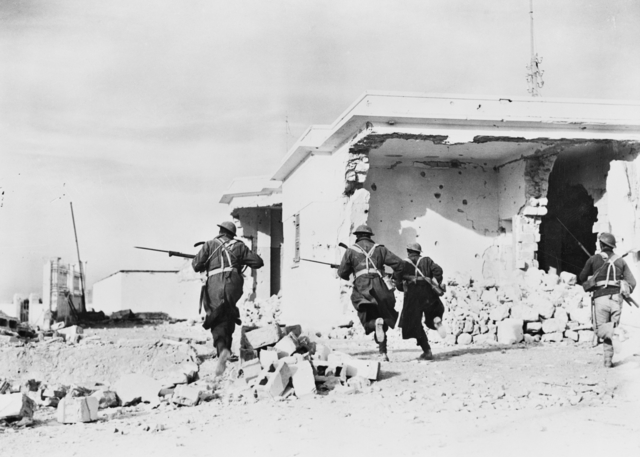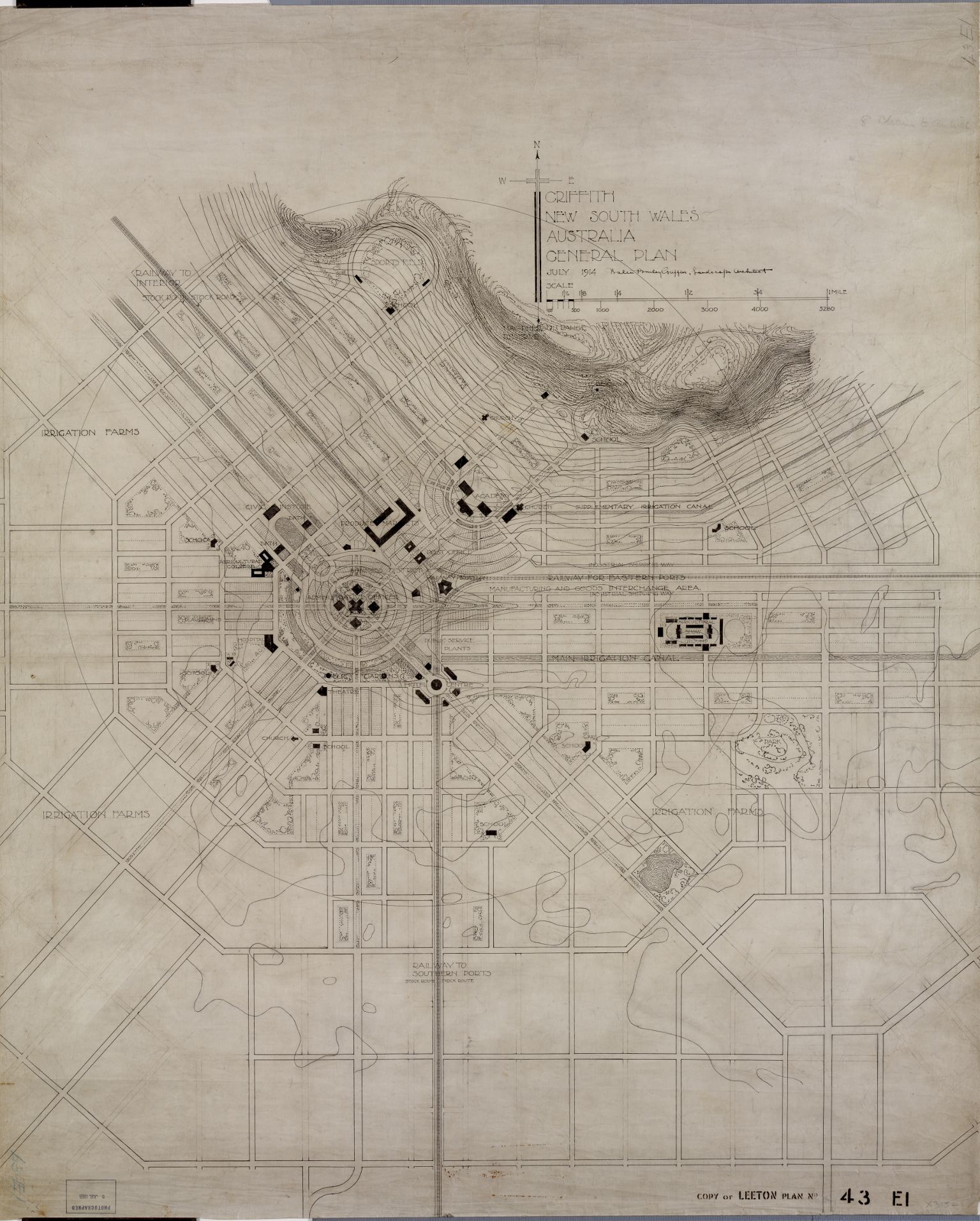|
Harold James Frith
Harold James Frith AO (16 April 192128 June 1982) was an Australian administrator and ornithologist. He was born at Kyogle, New South Wales and studied Agricultural Science at Sydney University. Harry Frith (as he was usually known) first joined the CSIRO Division of Plant Industry but later transferred to the Division of Wildlife and carried out extensive research on malleefowl, waterfowl, especially magpie geese, and pigeons. He eventually became Chief of the Division and was instrumental in proposals that led to the establishment of Kakadu National Park. Harry Frith was a member of the Royal Australasian Ornithologists Union (RAOU), and prominent among those pressing for reform of the organisation in the late 1960s. He was Secretary-General of the 16th International Ornithological Congress held in Canberra in 1974. Frith was elected a Fellow of the RAOU in 1974. He was an Officer of the Order of Australia. Biography Early life Harold James Frith was born on 16 April 1921 ... [...More Info...] [...Related Items...] OR: [Wikipedia] [Google] [Baidu] |
Ornithologist
Ornithology is a branch of zoology that concerns the "methodological study and consequent knowledge of birds with all that relates to them." Several aspects of ornithology differ from related disciplines, due partly to the high visibility and the aesthetic appeal of birds. It has also been an area with a large contribution made by amateurs in terms of time, resources, and financial support. Studies on birds have helped develop key concepts in biology including evolution, behaviour and ecology such as the definition of species, the process of speciation, instinct, learning, ecological niches, guilds, island biogeography, phylogeography, and conservation. While early ornithology was principally concerned with descriptions and distributions of species, ornithologists today seek answers to very specific questions, often using birds as models to test hypotheses or predictions based on theories. Most modern biological theories apply across life forms, and the number of scientists who i ... [...More Info...] [...Related Items...] OR: [Wikipedia] [Google] [Baidu] |
6th Division (Australia)
The 6th Division was an infantry Division (military), division of the Australian Army. It was raised briefly in 1917 during World War I, but was broken up to provide reinforcements before seeing action. It was not re-raised until the outbreak of World War II, when it was formed as a unit of the Second Australian Imperial Force (2nd AIF). Throughout 1940–41 it served in the North African Campaign, the Battle of Greece, Greek campaign, on Battle of Crete, Crete and in Syria-Lebanon campaign, Syria, fighting against the Germans, Italians and Vichy French. In 1942, the division left the Mediterranean and Middle East theatre of World War II, Middle East and returned to Australia to meet the threat of Japan's entry into the war. Part of the division garrisoned Ceylon for a short period of time, before the division was committed to the New Guinea campaign. In New Guinea, its component brigades had a major role in the successful counter-offensive along the Kokoda Track Campaign, Kokoda ... [...More Info...] [...Related Items...] OR: [Wikipedia] [Google] [Baidu] |
National Parks And Wildlife Service (New South Wales)
The National Parks and Wildlife Service (NPWS) is a directorate of the New South Wales Department of Planning and Environment responsible for managing most of the protected areas in the state of New South Wales, Australia. Despite its name the NPWS is a state agency rather than a national one, with similarly named counterparts fulfilling comparable functions in other states and territories. History The NPWS was established in 1967 when the Fauna Protection Panel and the Parks and Reserves Branch of the NSW Lands Department were amalgamated under Lands Minister Tom Lewis . Lewis also established a charity, the National Parks Foundation, to assist the NPWS in raising funds for conservation. The first Director of the NPWS was Sam P. Weems, formerly of the US National Park Service. Seven years after the founding of the NPWS, various state laws regulating flora and fauna were consolidated together into the ''National Parks and Wildlife Act 1974'', which remains the enabling legi ... [...More Info...] [...Related Items...] OR: [Wikipedia] [Google] [Baidu] |
Australian Bird And Bat Banding Scheme
The Australian Bird and Bat Banding Scheme (ABBBS), a combination of the former Australian bird banding and bat banding schemes, is managed by the Department of the Environment, Australia. History The earliest banding of wild birds for scientific research in Australia began in 1912 with the banding of short-tailed shearwaters and white-faced storm-petrels by the Royal Australasian Ornithologists Union and the Bird Observers Club. Following the Second World War some state-based programs of banding short-tailed shearwaters and waterfowl began. From about 1949 the CSIRO began banding short-tailed shearwaters (muttonbirds) in Bass Strait. This work, together with earlier banding of shearwaters, established that the birds migrate “in a long and regular cycle, spending the majority of their time in the northern Pacific and returning each year”, often to the same nesting burrow.‘Bird Banding’, ''North Western Courier'' (Narrabri), 28 April 1955, page 10. The org ... [...More Info...] [...Related Items...] OR: [Wikipedia] [Google] [Baidu] |
Stephen Davies (ornithologist)
Stephen John James Frank Davies (26 April 1935 - 29 October 2020) was an Australian administrator and ornithologist. He worked for the CSIRO Division of Wildlife Research in Western Australia (1964–1984). He carried out research on emus and magpie geese. He was a member of the Royal Australasian Ornithologists Union (RAOU), President (1975-1978) and Chairman of the RAOU Research Committee (1975–1984). He was elected a Fellow of the RAOU in 1984. From 1984 to 1988 he also served the RAOU as its first paid (albeit part-time) Director. References *Anon. (1980). RAOU Fellow: Citation. Stephen John James Frank Davies. ''Emu The emu () (''Dromaius novaehollandiae'') is the second-tallest living bird after its ratite relative the ostrich. It is endemic to Australia where it is the largest native bird and the only extant member of the genus ''Dromaius''. The emu' ...'' 80: 243. *Robin, Libby. (2001). ''The Flight of the Emu: a hundred years of Australian ornithology 1901-2 ... [...More Info...] [...Related Items...] OR: [Wikipedia] [Google] [Baidu] |
The Mallee-Fowl
''The Mallee-Fowl'' is a book published by Angus & Robertson in 1962, with the subtitle ''The Bird that Builds an Incubator''. It was authored by Australian ornithologist Harry Frith. It was issued in octavo format (224 x 140 mm), containing 148 pages, bound in dark red cloth with a dust jacket illustrated by a photograph of a malleefowl. The book contains numerous black-and-white photographs by the author, and is dedicated to "Joe" (one of the subjects of Frith's research). The book was reviewed in the ''Emu The emu () (''Dromaius novaehollandiae'') is the second-tallest living bird after its ratite relative the ostrich. It is endemic to Australia where it is the largest native bird and the only extant member of the genus ''Dromaius''. The emu' ...'' by Jack Jones (as J.J.), who says: "''The Mallee-Fowl''" is an important work in Australian ornithology. It is the first book for public appraisal of a life history obtained by extensive and methodic research in f ... [...More Info...] [...Related Items...] OR: [Wikipedia] [Google] [Baidu] |
Rankins Springs
Rankins Springs is a village in the Riverina region of New South Wales, Australia in Carrathool Shire and on the Mid-Western Highway. At the 2011 census, Rankins Springs had a population of 299 residents living in 145 private dwellings. This dropped to 174 in 2016, but rebounded to 208 in 2021. The settlement is strung out along the Mid-Western Highway and adjacent railway line. The main agricultural activities of the district around Rankins Springs are the growing of crops such as wheat and oats, and beef-cattle and wool-production. History The history of Rankins Springs is a story of two settlements 10 kilometres (6 miles) apart. The earlier locality was situated near a water source at the junction of several roads and operated essentially as a hotel, store and post-office, with adjoining paddocks on freehold land. The later village of Rankins Springs developed around the terminus of a railway branch line completed in 1923. The original settlement The sit ... [...More Info...] [...Related Items...] OR: [Wikipedia] [Google] [Baidu] |
Pulletop Nature Reserve
Pulletop is a rural locality in the south eastern part of the Riverina - it used to be called Pullitop. It is situated by road, about 5 kilometres east south-east of Burrandana and 9 kilometres north of Westby. See also * Pulletop bushfire The Pulletop bushfire, officially referred to as the Wandoo fire, started on the 6 February 2006 in hot dry and windy weather conditions approximately southeast of Wagga Wagga in the Australian state of New South Wales. The fire was thought to ... Notes and references Towns in the Riverina Towns in New South Wales {{Riverina-geo-stub ... [...More Info...] [...Related Items...] OR: [Wikipedia] [Google] [Baidu] |
Myxoma Virus
''Myxoma virus'' is a poxvirus in the genus ''Leporipoxvirus''. The two broad geographic types of ''myxoma virus'' are Californian and South American. Californian ''myxoma virus'' is found on the West Coast of the United States, the Baja Peninsula of Mexico, and the southwest coast of Canada. South American or Brazilian ''myxoma virus'' is found in South and Central America. South American'' myxoma virus ''circulates in the jungle rabbit or tapeti (''Sylvilagus brasiliensis''), whereas Californian ''myxoma virus'' circulates in the brush rabbit (''Sylvilagus bachmani''). In their native hosts, the viruses cause the formation of benign cutaneous fibromas rather than systemic disease. Transmission ''Myxoma virus'' is passively transmitted on the mouth parts of mosquitoes, (such as '' Aedes aegyptii'') or fleas, and presumably other biting arthropods. It can also be spread through direct contact and contaminated fomites. Myxomatosis Myxomatosis is the name of the lethal dissemina ... [...More Info...] [...Related Items...] OR: [Wikipedia] [Google] [Baidu] |
Murrumbidgee Irrigation Area
The Murrumbidgee Irrigation Area (MIA) is geographically located within the Riverina area of New South Wales. It was created to control and divert the flow of local river and creek systems for the purpose of food production. The main river systems feeding and fed by the area are the Murrumbidgee River, Murrumbidgee and the Tumut River, Tumut. It is one of the most diverse and productive regions in Australia contributing over 5 billion annually to the Australian economy. As a result of the New South Wales Royal Commission into the Conservation of Water in the 1880s, the establishment of the MIA commenced in 1903 with the construction of canals west of Narrandera and the construction of Burrinjuck Dam. The MIA was formally established in 1912 after the commissioning of the Burrinjuck Dam on the Murrumbidgee River. Further expansion occurred in the 1970s with the completion of the Snowy Mountains Scheme and construction of Blowering Dam on the Tumut River, which meets the Murr ... [...More Info...] [...Related Items...] OR: [Wikipedia] [Google] [Baidu] |
Griffith, New South Wales
Griffith is a major regional city in the Murrumbidgee Irrigation Area that is located in the north-western part of the Riverina region of New South Wales, known commonly as the food bowl of Australia. It is also the seat of the City of Griffith local government area. Like the Australian capital, Canberra, and extensions to the nearby town of Leeton, Griffith was designed by Walter Burley Griffin and Marion Mahony Griffin. Griffith was named after Arthur Hill Griffith, the then New South Wales Secretary for Public Works. Griffith was proclaimed a city in 1987, and had a population of 20,251 Estimated resident population, 30 June 2018. in June 2018. It can be accessed by road from Sydney and Canberra via the Hume Highway and the Burley Griffin Way and from Melbourne, via the Newell Highway and either by using the Kidman Way or the Irrigation Way. Griffith can be accessed from other places like Adelaide, Orange, and Bathurst through the Mid-Western Highway and the Rankins Spri ... [...More Info...] [...Related Items...] OR: [Wikipedia] [Google] [Baidu] |

.jpg)


